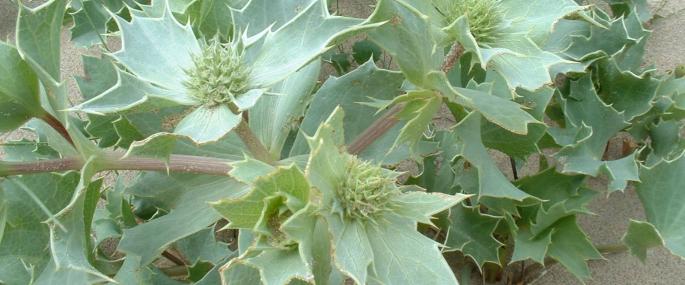Although more closely related to the carrot than true Holly, the spiky, grey leaves of Sea-holly ensure that this plant lives up to its name; they are covered with a waxy cuticle to help the plant retain water in the arid conditions in which it thrives. Found on coastlines and sand dunes (and even in gardens as a cultivated variety), Sea-holly blooms between July and September, producing round, teasel-like heads of striking blue flowers.
The Wildlife Trusts look after many coastal habitats for the benefit of all kinds of wildflowers, such as Sea-holly, and are working closely with farmers, landowners and developers to promote wildlife-friendly practices in these areas. We have a vision of a 'Living Landscape': a network of habitats and wildlife corridors across town and country, which are good for both wildlife and people. You can support this greener vision for the future by joining your local Wildlife Trust.
